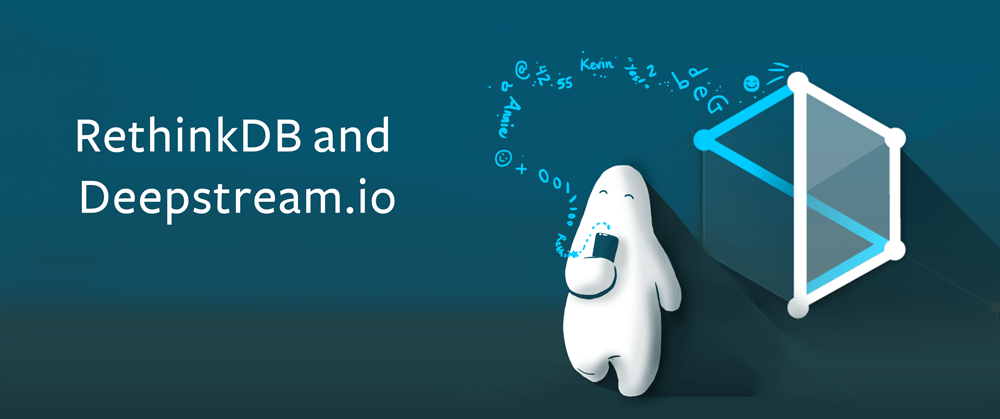RethinkDB 2.1 beta: announcing automatic failover

RethinkDB 2.1 beta is now available for testing. Download it now!
The upcoming 2.1 release will introduce important improvements, including support for automatic failover. Although we’re still hard at work on the finishing touches that will make the new features ready for production use, the beta offers an opportunity to get an early look.
The 2.1 beta release is a culmination of over a year of development effort. It satisfies three major requirements:
- If a primary replica fails, RethinkDB will automatically fail over to another replica without human intervention.
- You can reshard your tables live with only a few seconds of unavailability when the server switches over a shard to a new server.
- The RethinkDB administration API remains the same. You don’t need to learn anything to take advantage of the new features.
Automatic failover increases the reliability of RethinkDB clusters, reducing the risk of downtime when individual servers fail or drop out of the network. When a server with a primary shard experiences failure, the servers with remaining replicas elect an acting primary to take its place until the wayward server is either restored or permanently removed from the table configuration. As long as a majority of replicas remain operational to elect an acting primary, the loss of a primary shard will no longer compromise database availability.
 Ryan Paul
Ryan Paul
 Jorge Silva
Jorge Silva


 Chad Lung
Chad Lung
